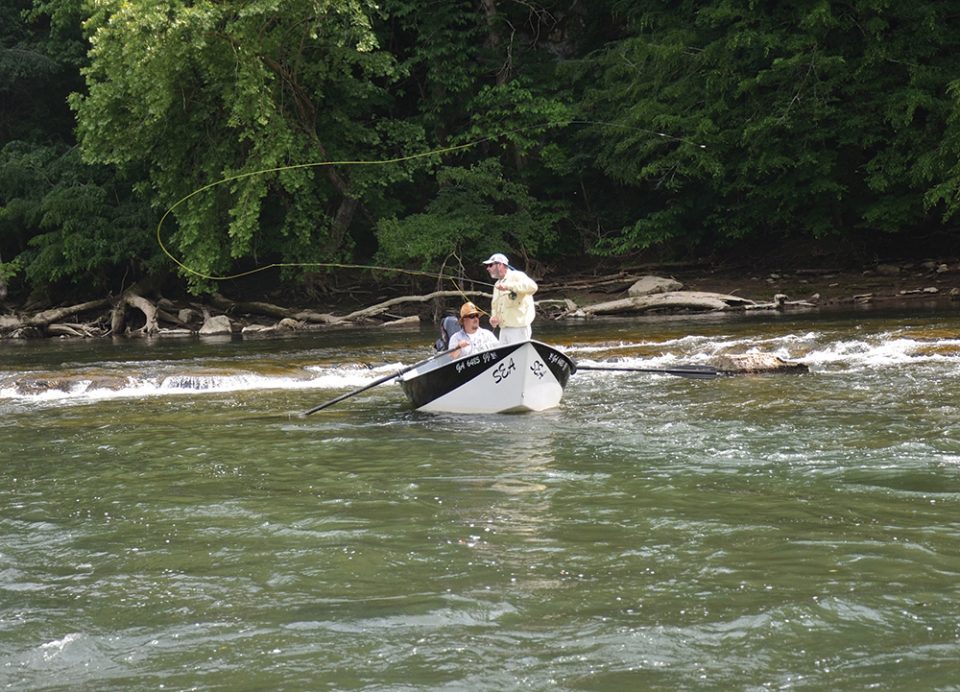
You know the visual image of fly casting. The line is flows back and forth with beautiful loops in a cadence that flows like a willow in a breeze. It is an image that draws people into the sport, and I really enjoy watching it applied correctly. Needless false casting, however, can create all kinds of issues.
What is the right amount of false casts? It depends.
The short answer to the question is to use the minimum necessary to make the cast work. So, if you can make one back cast and then send the fly to the target, that is the best you could do.
But that’s not always easy. A fixed distance cast with a generally short retrieve over and over lends itself to that type cast, as in working a bank with a bass bug every few feet or working a trout run over and over. However, if you are changing distances or changing directions, generally you will need to make a few false casts to pull it off.
The general thought process is that three false casts will be enough to cover a change of distance, zeroing in on a target, changing direction or drying a fly. The pick up and back cast starts the series. Slipping line for a change-of-distance cast is done on the false casts. Sizing up the target and loop for the target-shot is done while false casting. Repositioning the rod on the back cast for the change of direction happens when we false cast. The delivery cast should be set up by the pick up and the first false cast.
The importance of the false casts can’t be stressed enough, so just picking up the line and waving it in the air without specific thought behind the purpose is not a good idea. The more the line waving in the air, the more things can go wrong. Giving some thought to the next sequence of casts before you start will really help your casting.